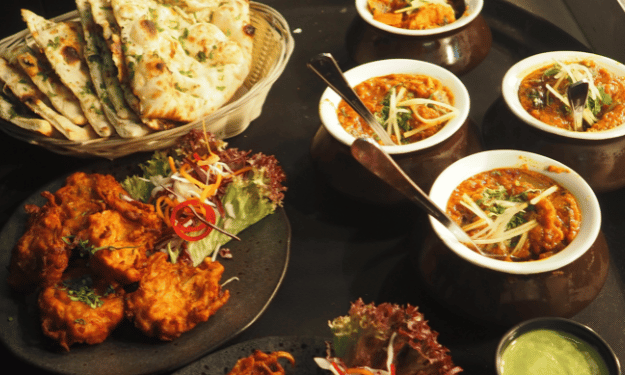Sustainable Cooking Hacks for Busy People

Have you ever looked into the fridge and felt defeated by the wilting veggies and forgotten leftovers? Well, you’re not alone. Food waste is a massive problem. Unfortunately, it hurts our wallets and the environment. But fear not, fellow home cooks! Sustainable cooking isn’t all deprivation and complicated recipes. It’s about getting creative, using what you have, and whipping up delicious meals that are good for you and the planet.
Planning Makes Perfect (and Saves Money!)
The first step to becoming a sustainable cooking champion is planning your meals. Before you head to the grocery store, make a list based on what you’ve already got on hand. Raid your pantry, fridge, and freezer for inspiration. Can you make a stir-fry with that leftover chicken? Turn those sad-looking carrots into a big pot of soup? Planning also keeps you from making impulse buys— you know, like that giant bag of chips that disappears before movie night.
Master the Art of Leftovers
For the record: leftovers are not the enemy! They’re a blank slate for culinary creation. Turn last night’s roasted veggies into a frittata, a pot of soup, or the filling for a weekday wrap. Shred last week’s chicken or fish and make tacos, salads, or pasta. Just see what you’ve got and get creative.
Embrace the “First In, First Out” Rule
Your fridge and pantry are just like a game of Tetris. That big sack of rice always goes behind the little one. It also involves keeping new items behind older ones. That way, you’re always using up the old stuff first. One more helpful hint: label leftovers with the date you made them. It’ll prevent you from embarking on a lengthy fridge archaeology project and opening that container of last month’s mystery food.
Eat Your Fridge First: Expanding the Shelf Life of Food
Finally, where you store your fresh ingredients could dramatically decrease food waste. Purchase some high-quality, airtight packaging, as bad packaging is devastating to flavor and freshness. Try this easy reference: put fruits and veggies in the crisper drawers of your fridge; leftovers and dairy are placed on the top shelves. Freeze fruits and herbaceous plants to be utilized in smoothies or other food later. Freezing leftovers in portion-sized containers makes for a quick and convenient supper. Dry foods like grains, pasta, and tinned goods should be stored in air-tight containers, which keep them fresh and pest-free. Don’t Judge a Die by It’s Cover
Imperfect-looking or ugly duckling aren’t always less tasty than their attractively flawless and appetizing counterparts. What can you do with those “ugly ducklings”? The stems are nice and crisp in your salads or roasted with other vegetables. Carrot tops instead of throwing them away, chop them up and include them in soups, stews, or pesto to add a unique flavor. Those greens that are wilting may be easily regenerated with the use of an ice bath. To do so, fill a bowl with cold water and immerse your greens in the ice-cold water for 10 to 15 minutes. They’re now ready to use that cold, fresh feeling in a salad or a stir-fry. Don’t Waste Food; Instead, Employ Scraps
It is not necessary to waste the vegetable peels, herb stems, or the remainder of those delectable. Veggie scraps: turn them into a savory veggie broth for your soups, stews, or risotto. Make flavored vinegars for dressings or marinate salads with vinegar steeped in herb stems. Use the peels as a garnish that can be added to water to provide a refreshing beverage.
Even with all of your planning, there will still be some food scraps left over. That is where composting comes in, and it is a great way to turn those scraps into usable soil for your plants. It is a win-win for you and the environment! Becoming a sustainable cook is not about doing everything perfectly: it is about making one little shift at a time. A little perception and these tricks will help you quickly grow into a sustainable cook superstar! All while saving money, reducing stagnation, and developing delectable meals that are beneficial to your health and the planet. So put on your cooking apron, hoist the sail of ingenuity, and start your sustainable cooking adventure!



